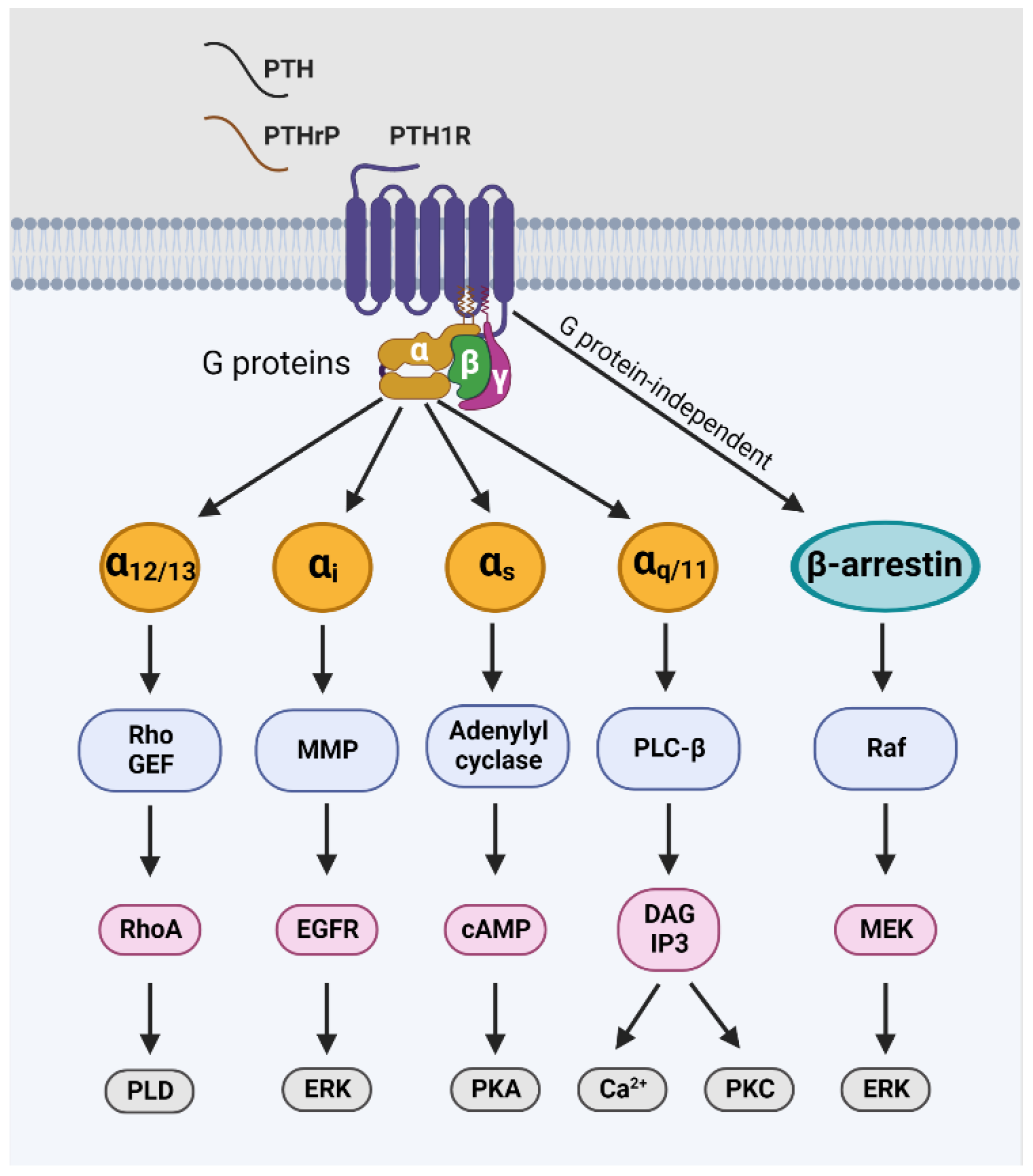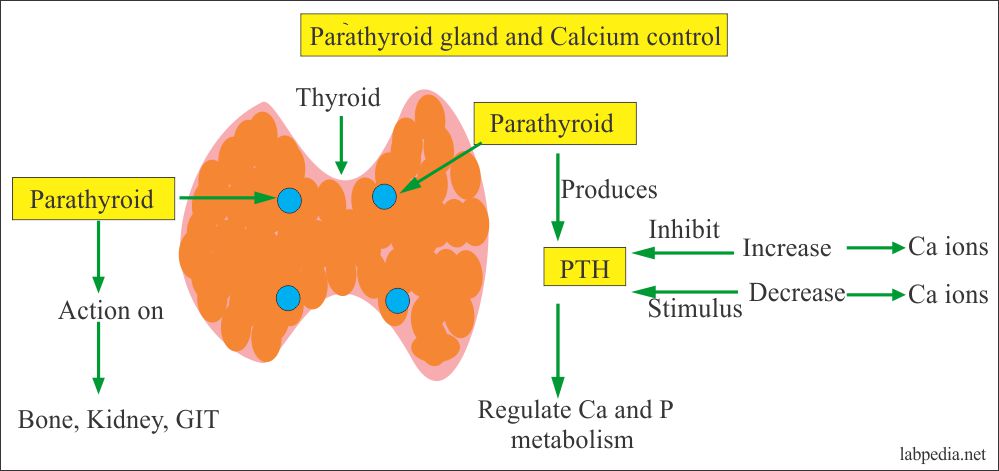Where Would You Find The Receptor For Pth

Imagine a bustling city, its infrastructure meticulously designed to ensure every message reaches its intended recipient. Hormones, much like vital communications within our body, need specific addresses to deliver their instructions effectively. When we talk about Parathyroid Hormone (PTH), understanding where its message is received is crucial to understanding its role in keeping our bodies balanced.
The receptor for PTH, known as the PTH1R, is predominantly found in bone and kidney cells. Its location is central to how PTH regulates calcium levels in the blood, influencing bone remodeling and kidney function.
Decoding the PTH1R: A Cellular Post Office
To truly appreciate the significance of the PTH1R, let's delve into the intricacies of PTH itself. PTH is a peptide hormone secreted by the parathyroid glands, four small glands located in the neck, near the thyroid gland. These glands act as the body's calcium guardians, constantly monitoring calcium levels in the bloodstream.
When calcium levels dip too low, the parathyroid glands spring into action. They release PTH, which embarks on a mission to restore balance. This is where the PTH1R steps into the spotlight.
Bone Cells: The First Stop
One of the primary targets of PTH is bone, a dynamic tissue constantly being remodeled. Within bone, PTH interacts with osteoblasts, cells responsible for building new bone. However, the effect of PTH on bone is complex.
While PTH stimulates osteoblasts, it also indirectly increases the activity of osteoclasts, cells that break down bone. This breakdown releases calcium into the bloodstream, raising calcium levels. This may seem counterintuitive, but intermittent exposure to PTH actually promotes bone formation over time.
Think of it as a carefully orchestrated demolition and construction project. A little bit of controlled demolition clears the way for stronger, newer structures to be built. Therefore, the PTH1R location on osteoblasts is critical for mediating both the bone-building and bone-resorbing effects of PTH.
Kidney Cells: Maintaining the Balance
The kidneys are another crucial player in calcium regulation. They filter blood and reclaim essential minerals, including calcium. PTH influences the kidneys to reabsorb more calcium back into the bloodstream, preventing it from being lost in the urine.
The presence of the PTH1R on kidney cells, particularly in the proximal and distal tubules, enables this process. By binding to the receptor, PTH also stimulates the production of calcitriol, the active form of vitamin D. Calcitriol, in turn, enhances calcium absorption from the intestine, further contributing to calcium homeostasis.
In essence, the kidneys, guided by PTH and its receptor, act as a diligent conservation team, ensuring that precious calcium is retained within the body.
Beyond Bone and Kidneys: Expanding the PTH1R Landscape
While bone and kidneys are the major players, the PTH1R has been found in other tissues as well. Studies have detected its presence in the brain, heart, and blood vessels, suggesting potential roles beyond calcium regulation. However, the precise function of the PTH1R in these tissues is still being investigated.
For instance, research suggests that PTH may play a role in protecting the heart during injury. And the role of PTH1R in neuronal function is an area of ongoing research.
PTH1R and Disease: A Double-Edged Sword
Understanding the PTH1R is not just an academic exercise; it has significant implications for treating various diseases. For example, synthetic PTH analogs, such as teriparatide, are used to treat osteoporosis, a condition characterized by weakened bones.
Teriparatide mimics the effects of PTH on bone, stimulating bone formation and increasing bone density. Conversely, dysregulation of PTH and the PTH1R can contribute to diseases like hyperparathyroidism, a condition where excessive PTH leads to elevated calcium levels in the blood.
In some cases, mutations in the PTH1R gene can cause skeletal abnormalities. These disorders highlight the delicate balance maintained by the PTH-PTH1R system and the consequences of its disruption.
Looking Ahead: The Future of PTH1R Research
As our understanding of the PTH1R deepens, new therapeutic opportunities may emerge. Researchers are exploring novel ways to target the PTH1R to treat a wider range of conditions, including bone fractures, cardiovascular diseases, and even certain types of cancer. Understanding the nuances of its signaling pathways in different tissues is key to developing targeted therapies with minimal side effects.
Further research is needed to fully elucidate the role of the PTH1R in these tissues and to determine whether it can be targeted therapeutically. By continuing to unravel the mysteries of the PTH1R, we can unlock new strategies for promoting health and combating disease.
Just as understanding the city's postal system is vital for effective communication, knowing where to find the PTH receptor allows us to understand how PTH orchestrates calcium balance in our bodies, paving the way for novel therapies. The receptor is in bones and kidneys.


















